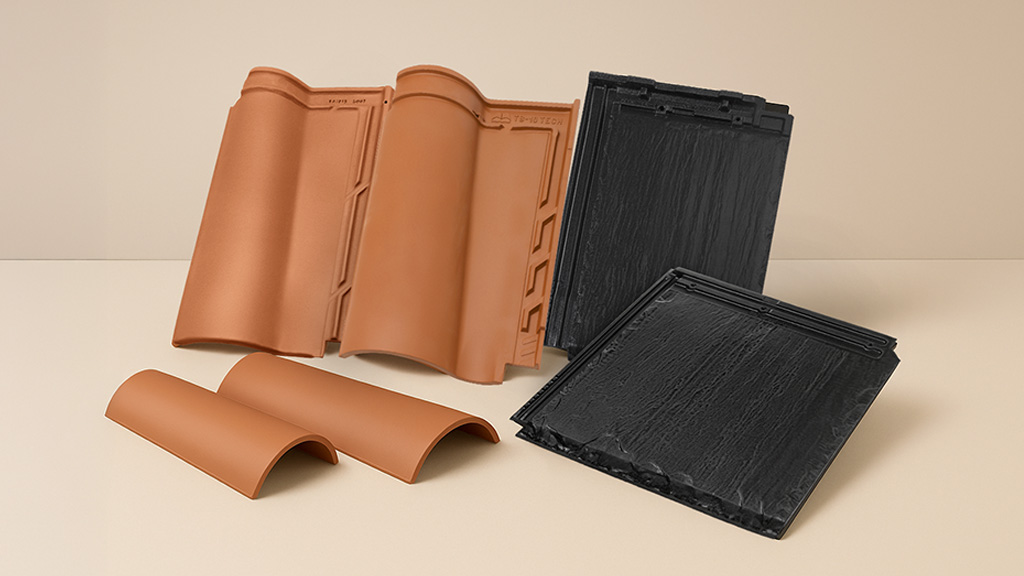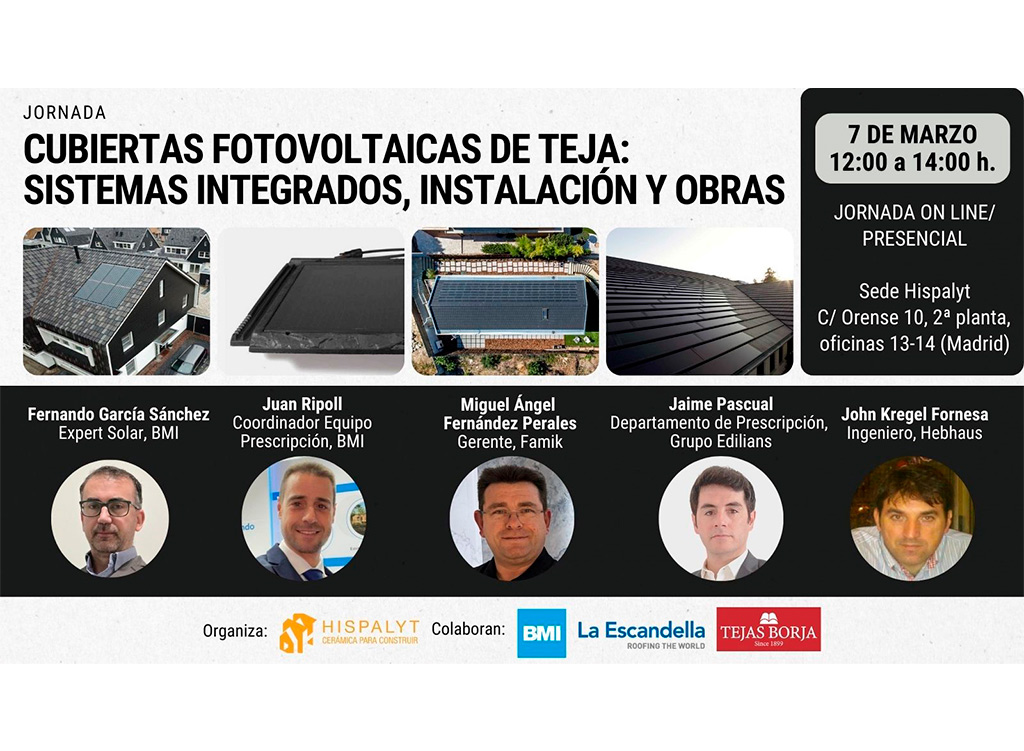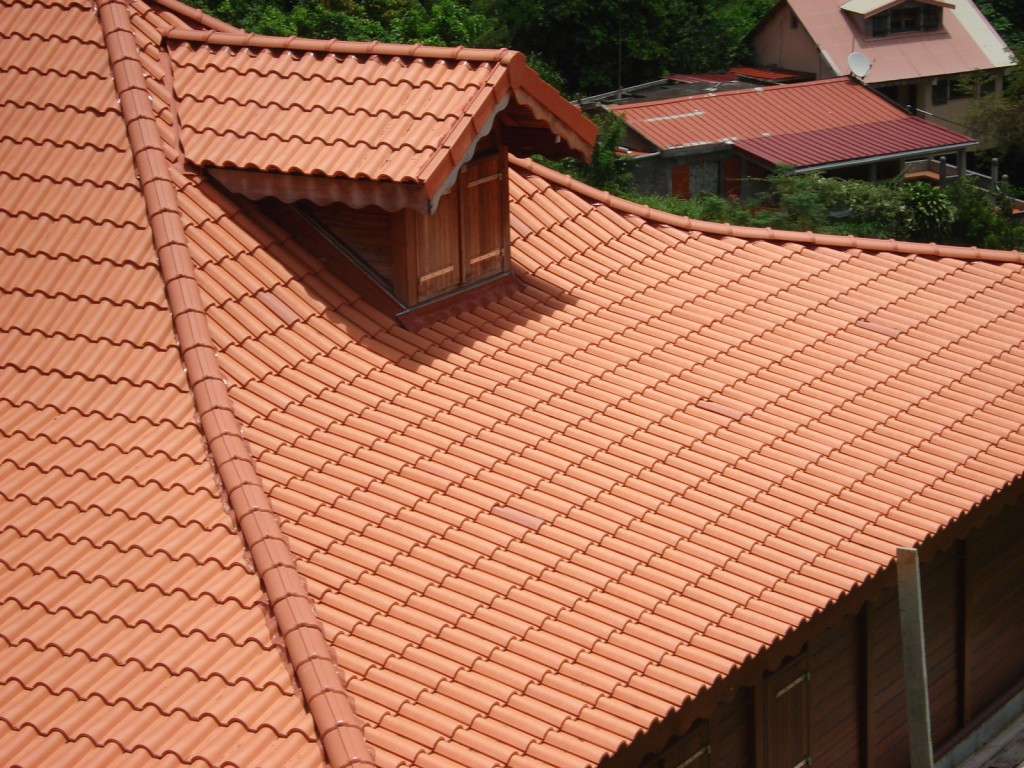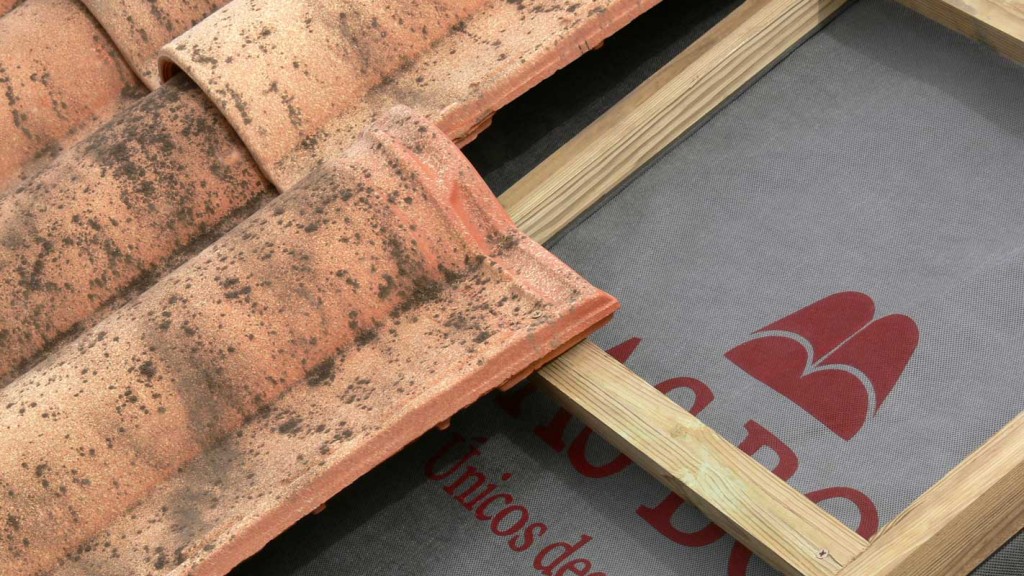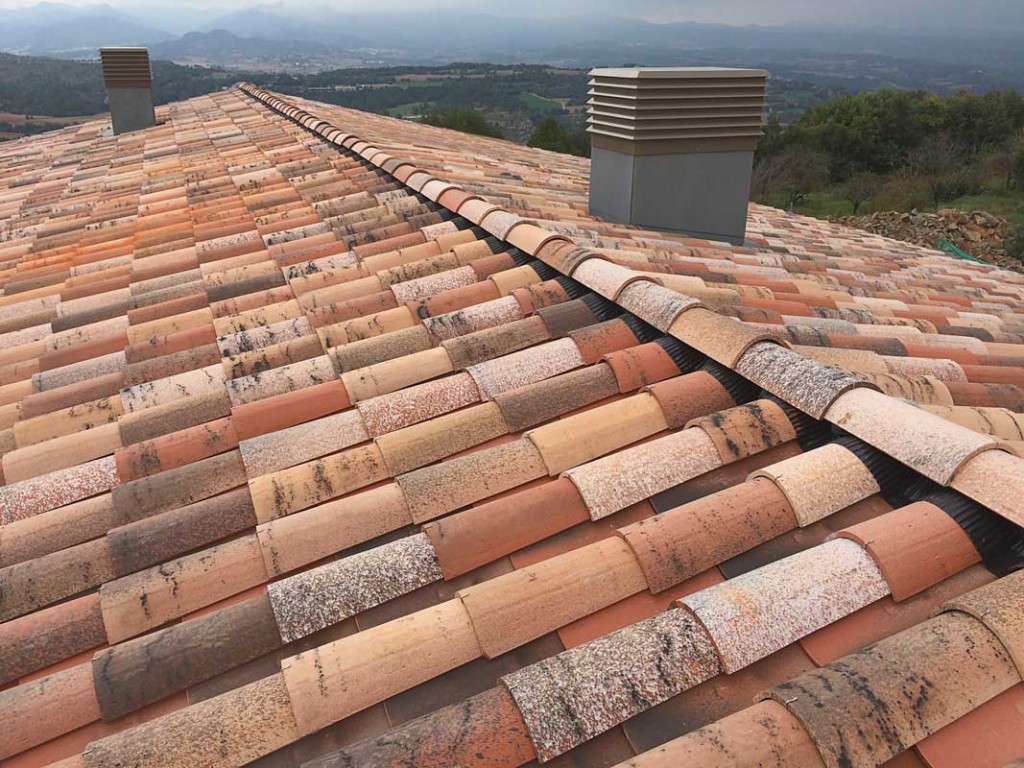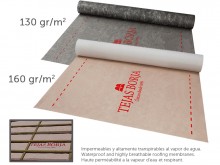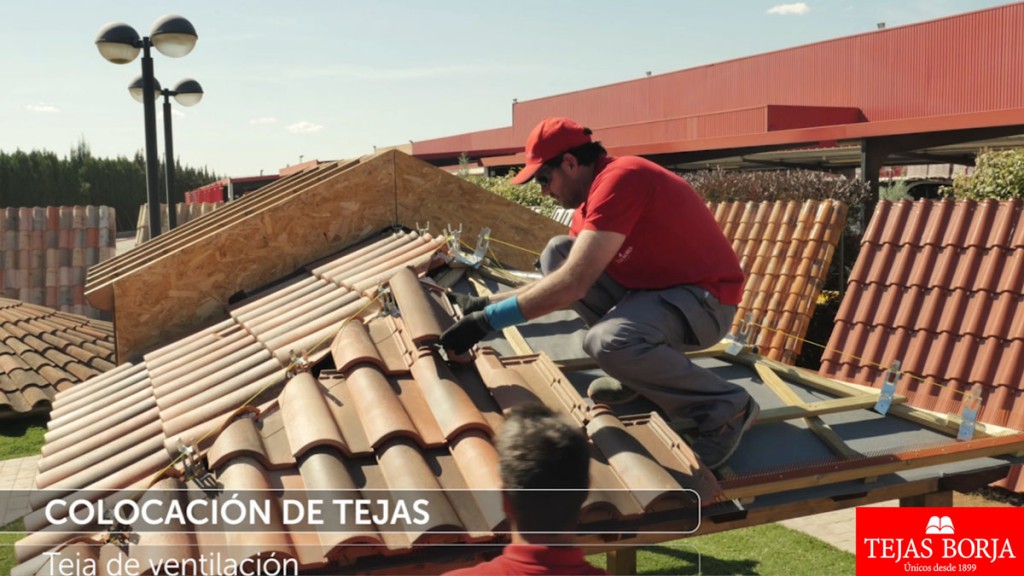BORJASYSTEM – Ventilated Efficient Roofs System
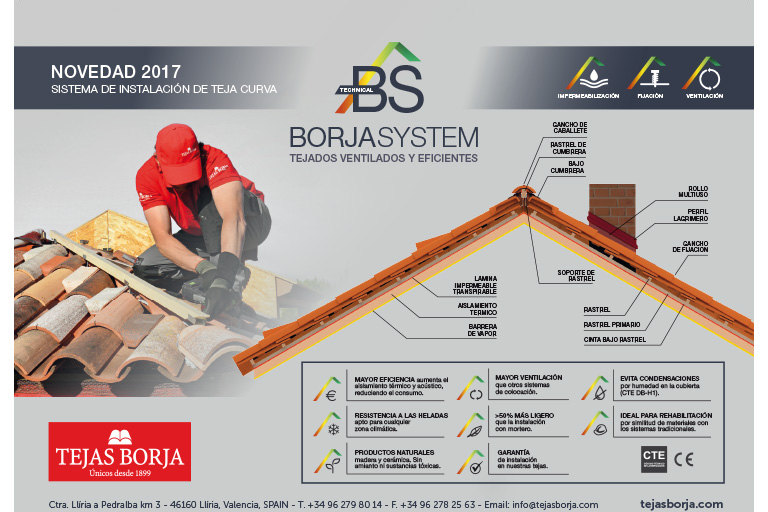
Ventilated Efficient Roofs System
BORJASYSTEM is a dry, ventilated and safe installation roofing system. This installation system was born under the necessity of adapting to new requirements with regards to the need of reducing energy consumption, and CO2 and greenhouse gas emissions to meet Horizon 2020 energy objectives.
A BORJASYSTEM ventilated roof, installed together with the corresponding layer of thermal insulation, improves the energy efficiency of the roof, playing an important role in reducing the heat which passes through the covering to inside the home.
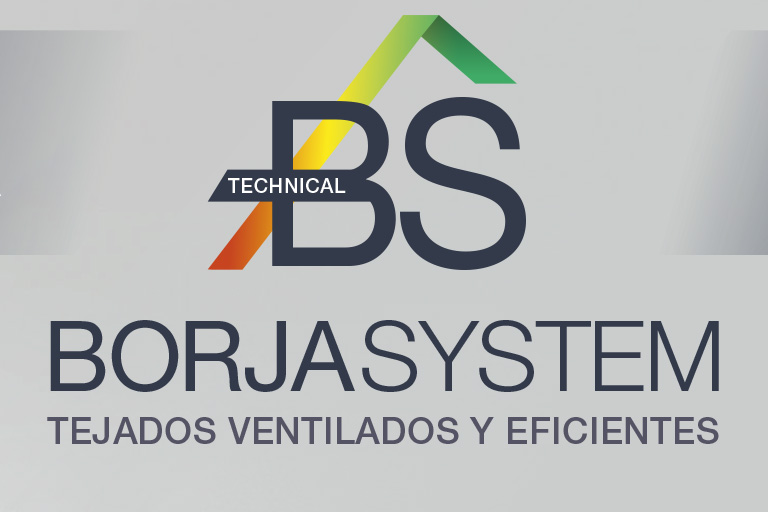
This roofing system minimizes the chances of condensation forming in the thermal insulation and the materials of the exterior walls and roof, thanks to the use of waterproof and breathable membranes and the continuous circulation of air between the supporting structure and the tiles. The incorrect use of mortar causes the majority of problems experienced with sloping ceramic tile roofs:
- Damp and leaks.
- Structural overloading.
- Cracks and breaks in parts and joints.
- Lack of adequate ventilation.
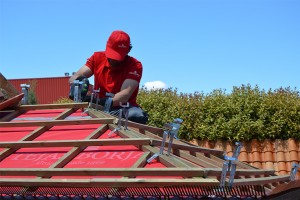 | 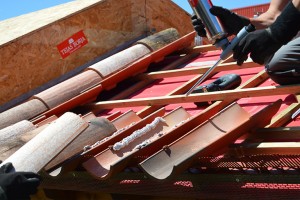 |
The BORJASYSTEM installation system defines the criteria to be followed for a complete dry installation of the roof without the use of mortar. When it comes to roofing, the correct installation of the system is as or more important than the material used to finish it.
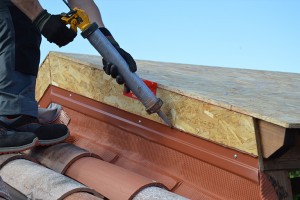 | 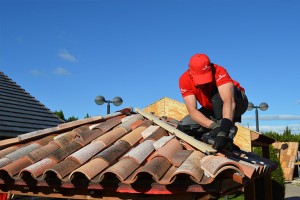 |
See all avantages of BORJASYSTEM: Click here.
